My expertise spans every stage of the UI design process, from interpreting business requirements to conceptualizing and delivering the final product. By placing a strong emphasis on user-centric design, I ensure that my designs not only meet but exceed user expectations, resulting in engaging and intuitive user interfaces. My approach involves thorough research, collaboration with cross-functional teams, and iterative design processes to develop solutions that are not only functional but also visually appealing and emotionally compelling.
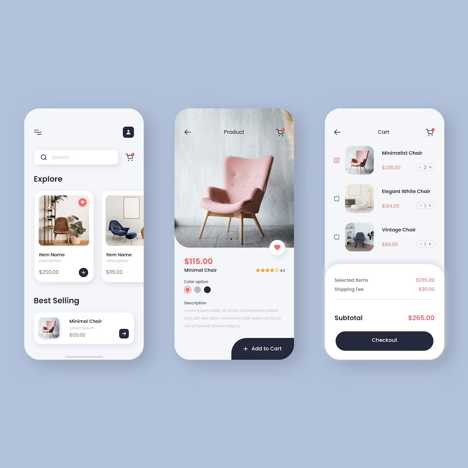
UI Design
User Interface design involves creating user-friendly interfaces for various types of interfaces, including graphical, voice-based, and others.
1. Graphical UI
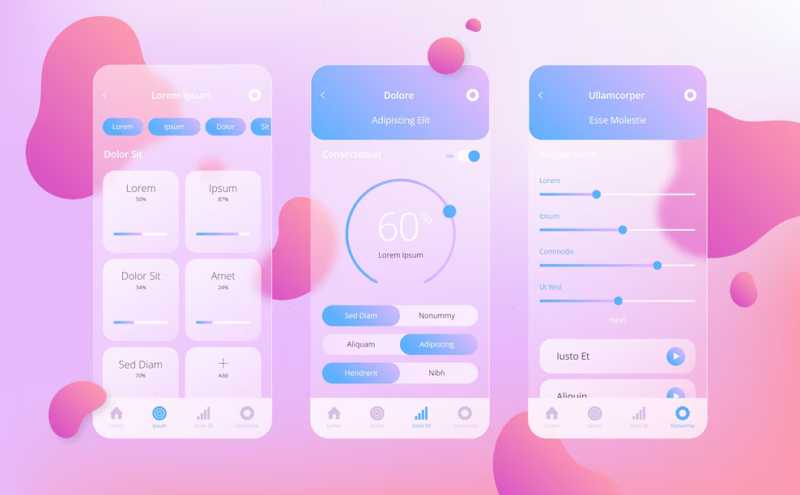
Graphical User Interface (GUI) design focuses on creating visually appealing and user-friendly interfaces for software and digital products.
2.Virtual Reality UI
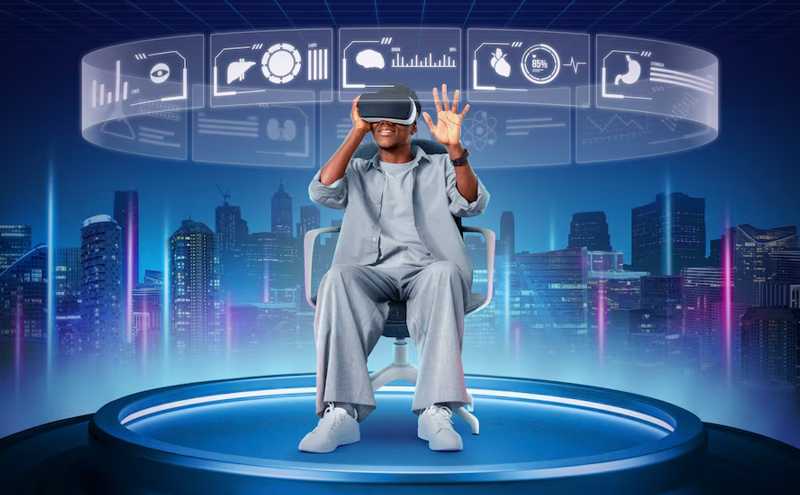
VR UI design focuses on creating intuitive interfaces within immersive 3D environments, emphasizing spatial awareness and comfortable interaction.
3. Augmented Reality UI
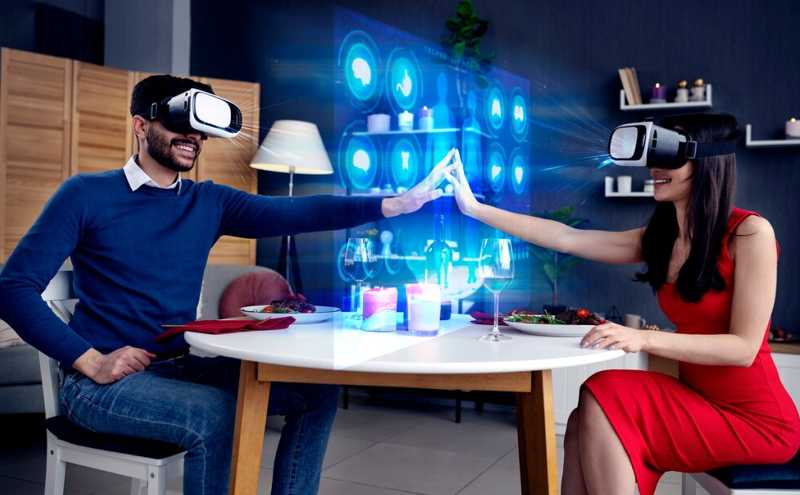
AR UI design blends digital interfaces with the real world, requiring seamless integration and intuitive interactions.
Designers focus on creating interfaces that blend naturally with the physical environment, using gestures and interactions that are easy to understand and navigate. The goal is to enhance user experiences by overlaying digital content onto the real world in a way that feels natural and intuitive.
4. Touch Screen UI

Touch screen UI design focuses on creating intuitive interfaces for users to interact with devices using touch gestures.
5. Gesture based UI

Gesture-based UI design revolves around creating interfaces that respond to natural gestures, such as swiping, pinching, and tapping,
6. Brain Computer UI
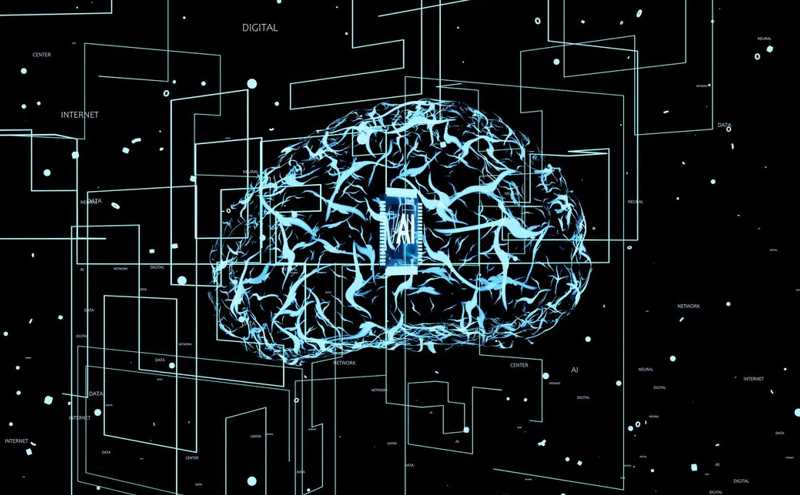
Brain-computer interface (BCI) design aims to create interfaces that allow direct communication between the brain and external devices,
7. Natural Language UI
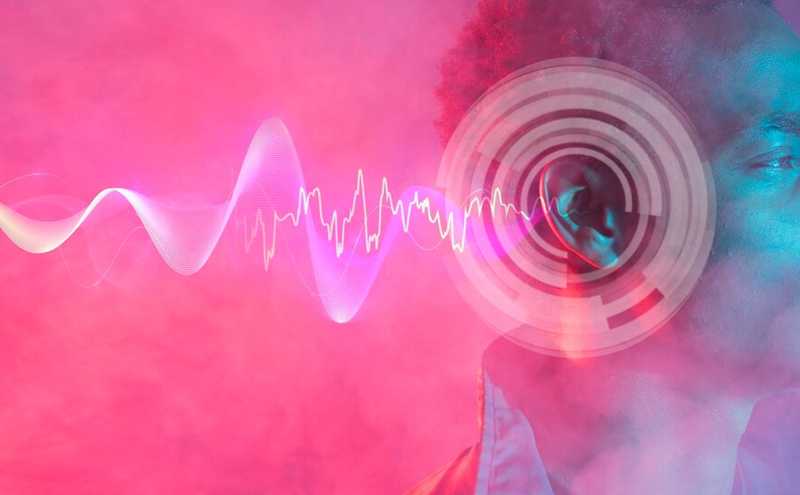
Natural Language UI design focuses on creating interfaces that allow users to interact with devices using natural language,
8. Command Line UI
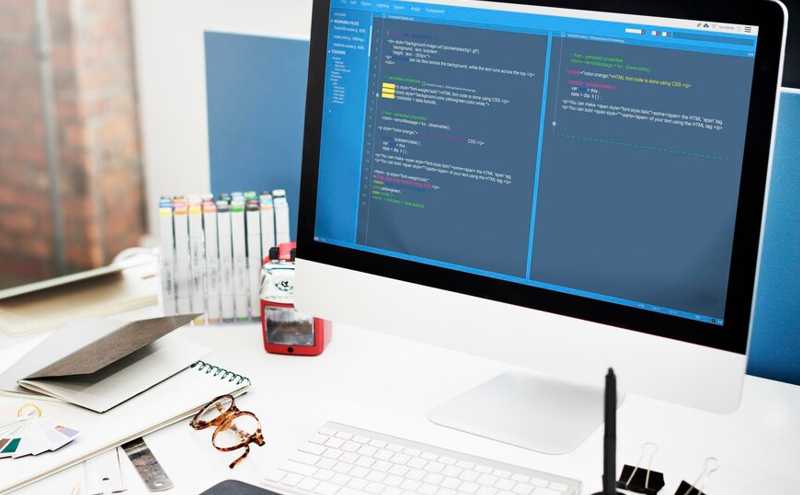
Command Line UI design involves creating interfaces where users interact with a computer system by typing text commands.
9. Web UI
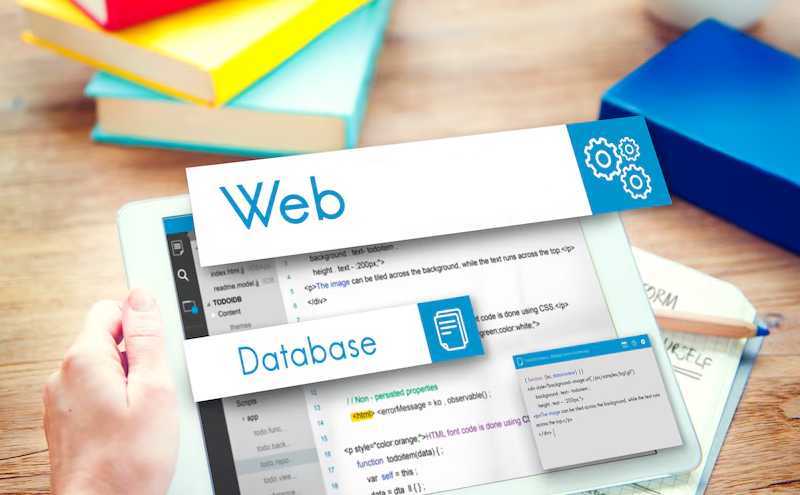
Web UI design involves creating interfaces for websites that are visually appealing, user-friendly, and functional across different devices.
10. Mobile UI
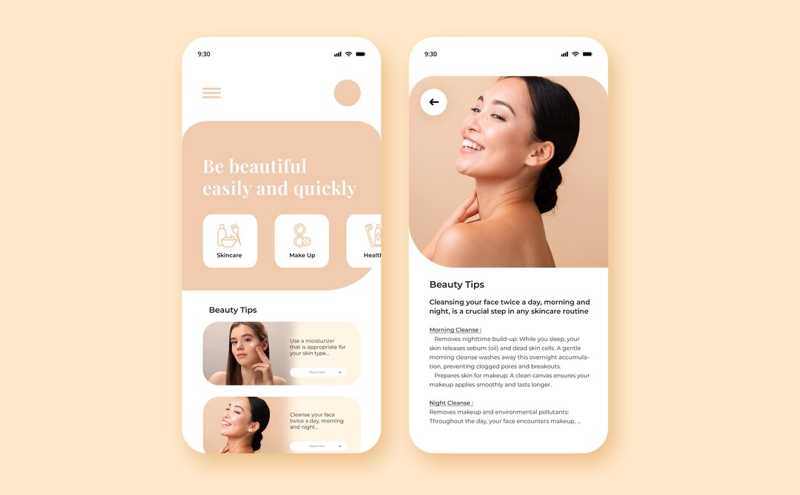
Mobile UI design focuses on creating interfaces for smartphones and tablets that are user-friendly, visually appealing, and optimized for touch interactions.
11. Multimodal UI
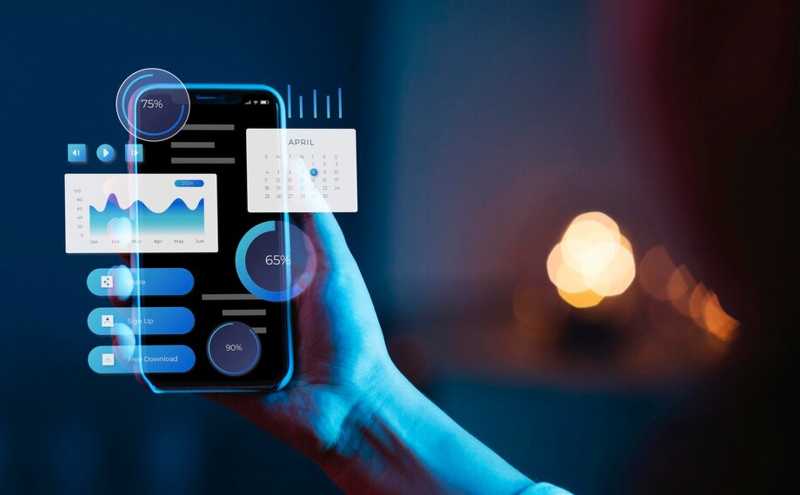
Multimodal UI design combines different modes of interaction, such as voice, touch, and gesture, to create interfaces that offer flexibility and accessibility.
12. Sensor UI
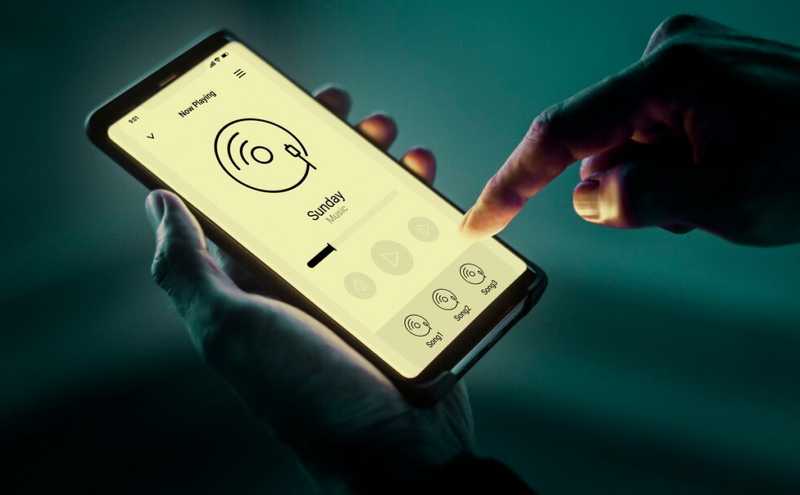
Sensor UI design integrates sensor data, such as motion, light, or proximity, to create interfaces that respond to the user’s environment.
